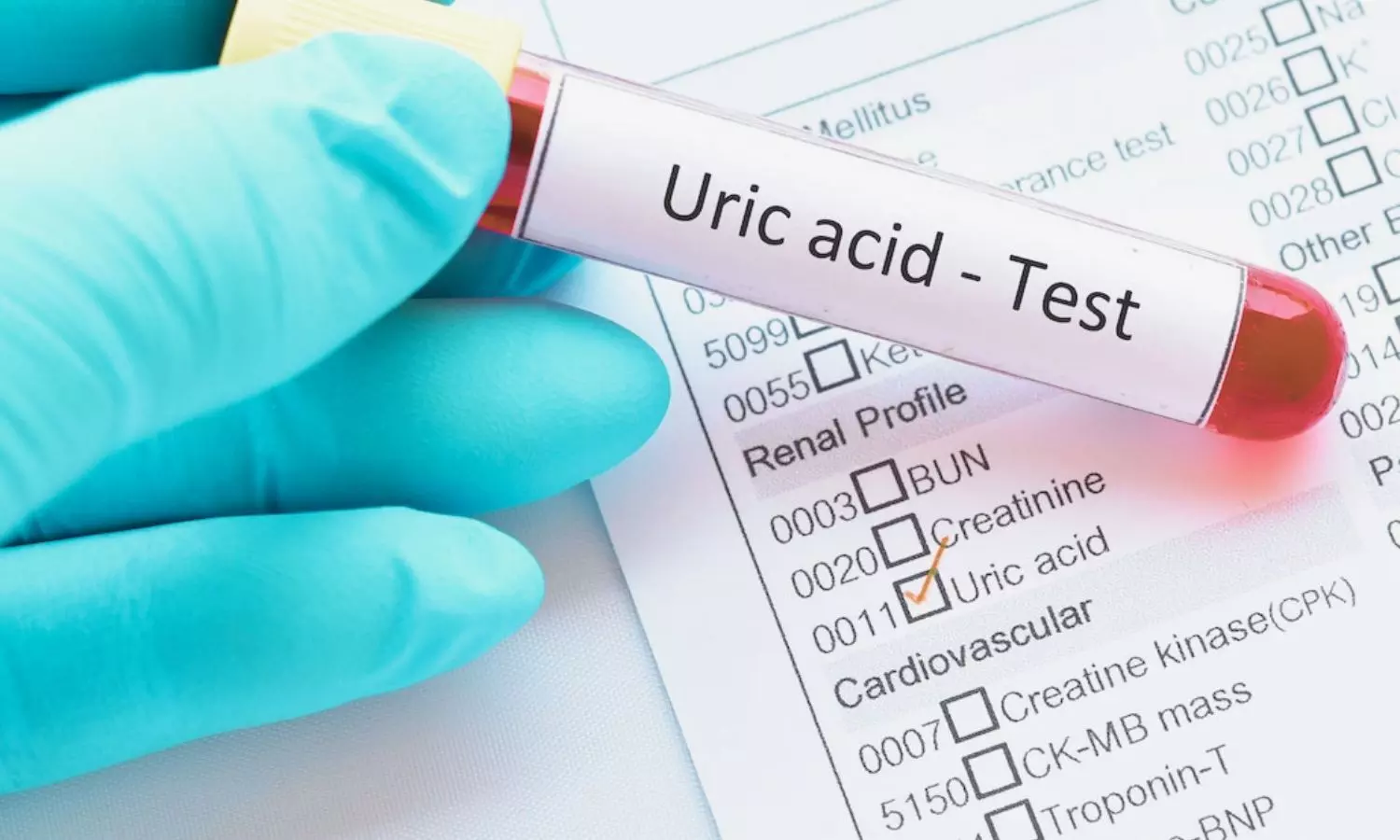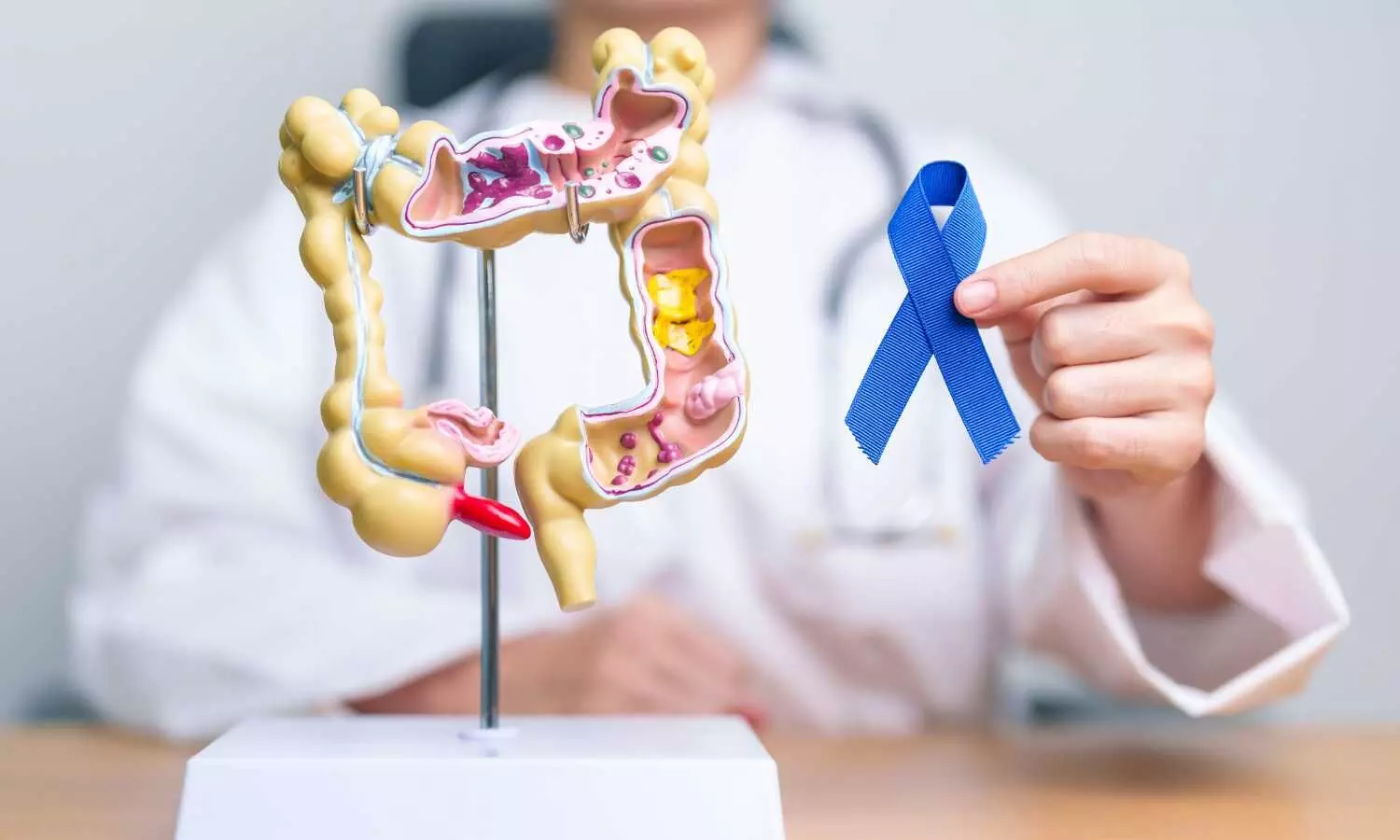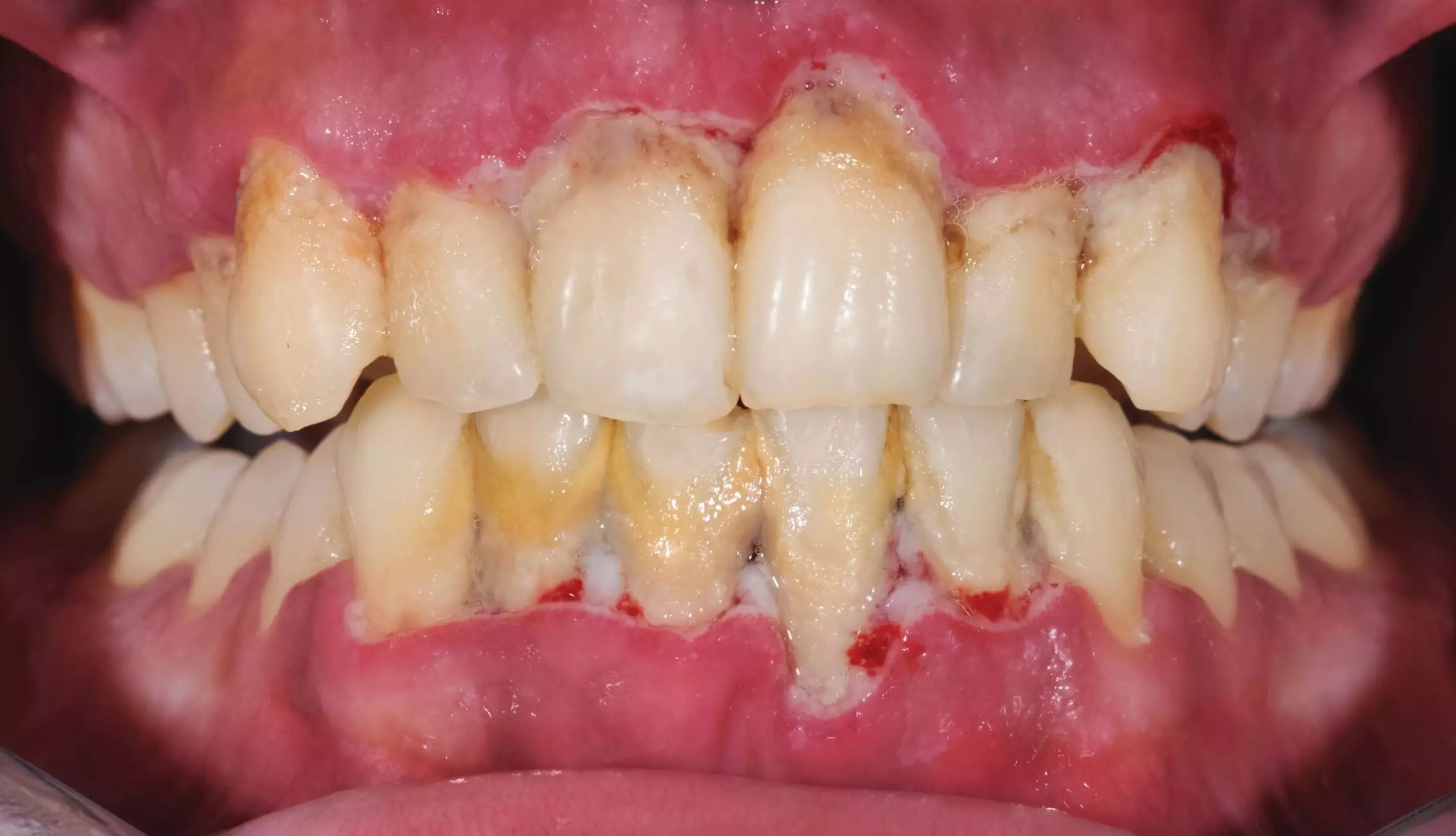Illegal clinics busted in Panipat, 2 FIRs registered

Karnal: The Chief Minister’s Flying Squad raided two illegally operating clinics in Panipat, leading to the registration of two separate FIRs. The raids revealed serious violations, including individuals running medical facilities without valid licenses, degrees, or regulatory approvals-posing a significant threat to public health.
In the first case, Shabir Ali, a local resident, was booked at the Model Town police station under Sections 18(a)(i) and 18(c) of the Drugs and Cosmetics Act, Section 34 of the National Medical Commission Act, and Section 318(4) of the Bharatiya Nyaya Sanhita (BNS), reports Hindustan Times.
Also Read: Quack who is Class 8 dropout arrested in Ganjam
The raid was carried out following a tip-off received by the Civil Surgeon of Panipat and led by Vishal, a medical officer at the general hospital. Upon entering the clinic, the squad found Shabir Ali seated in the doctor’s chair, claiming he was operating the clinic. While the board displayed the name of Ali’s daughter, a BAMS graduate, who he said moved to Saharanpur after getting married in November 2024.
The team also discovered a large stock of allopathic and injectable medicines, with some bearing the name Dr. S Khan. The fake doctor also failed to present any valid medical qualifications or operating license, prompting the FIR.
In a separate incident, another Panipat resident was found illegally running Dev EH Hospital and Medical Institute near Deswal Chowk. A second FIR was lodged at the Old Industrial police station under similar sections of the Drugs and Cosmetics Act, the National Medical Commission Act, and the BNS.
Also Read: 2 Quacks booked for illegal practice
Speaking to Hindustan Times, Panipat deputy chief medical officer Subash Galawat stated in his complaint that Devender presented certificates claiming a BEMS (Bachelor of Electropathy Medicine Surgery) degree and registration with the Electronomopathy Medical Council, Panchkula.
However, the team determined that these certificates are not recognized by the National Medical Commission or any legally authorized medical body. The FIR notes that the legitimacy of the council issuing these certificates needs verification by appropriate regulatory authorities.
Both individuals are now under investigation for unauthorized medical practice, which could pose serious health risks to unsuspecting patients.
Powered by WPeMatico









